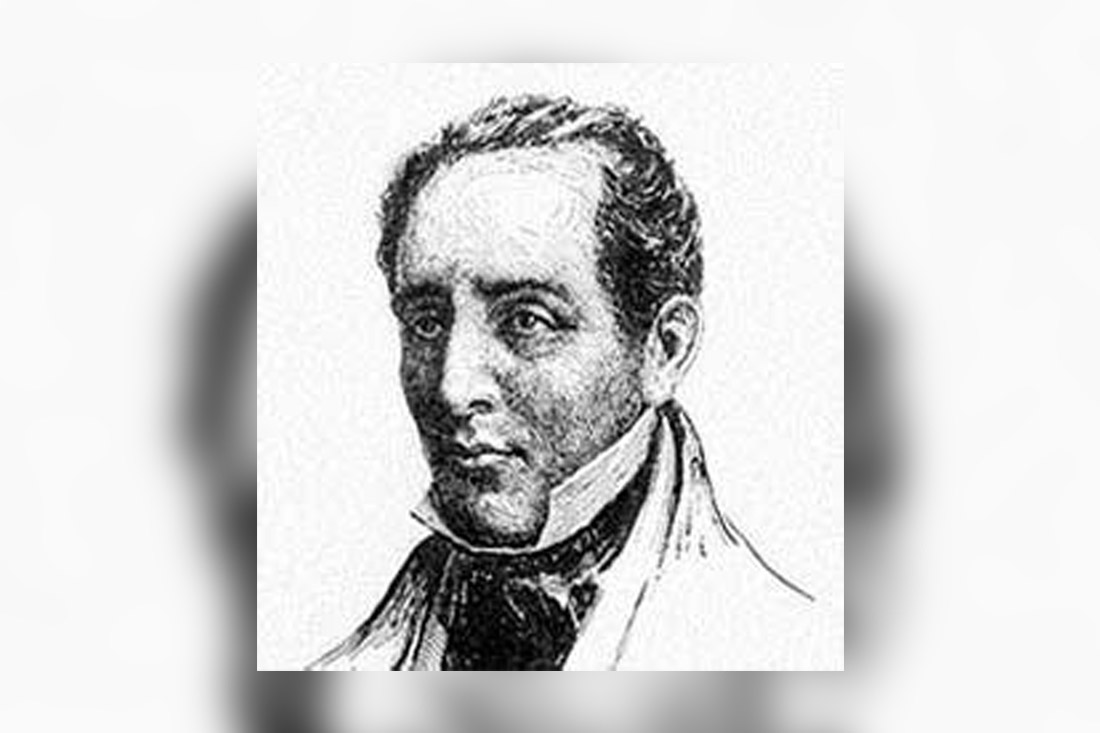Francisco Agüero y Estrada was born in 1806, into one of the oldest families in Puerto Príncipe. From very early his talents as a writer were visible, becoming a broad connoisseur in the field of letters.
Precisely the path would materialize with the regular collaboration in the newspaper El Fanal and the foundation together with Francisco Peyrellade, of the Aguinaldo Camagüeyano, with which they proposed to attract the poets of Puerto Príncipe. But it doesn’t take long to fail; barely a dozen issues were released. Although, in another of the consulted sources it is stated that it was published between 1848 and 1850, only in December of each year and in it he wrote under the pseudonym of El Solitario.
Men are made of ideas
Because of his ideas, the colonial authorities brand him as a hostile threat to the government, since he was a member of the Libertarian Society of Puerto Príncipe, founded in 1849, to promote the revolution and of which he was one of the most active members. On May 3rd, 1851, he is one of the principeños, whose name appears on Marshal Lemery’s list, to be arrested and charged with conspiracy; situation from which he was able to escape.
His signature in the public manifesto written in Havana by the patriot Manuel de Palma, addressed to the Inhabitants of the Island of Cuba, positioned him as one of the leaders of the armed movement of Camagüey, which proclaimed independence. Not for pleasure he commands one of the parties that operated parallel to that of Joaquín de Agüero, in the area between Las Yeguas and El Cercado. However, due to the reaction caused by Las Tunas event, it was persecuted and dissolved.
From the United States to Nicaragua
It is not until October 31st that he manages to board and flee to New York along with other companions. At first, to survive, he teaches Spanish and French. Later he works as a collaborator in the Cuban emigration press.
He soon learns of his death sentence by the Executive Military Commission of the Department of the Center, which was later commuted to ten years in prison and the confiscation of all his assets.
In that city he wrote, in 1853, the first biography of Joaquín de Agüero which he published in the newspaper La Verdad (supplement of the Cuban government council, organized by the Creole emigration).
With poor health, he marched to Nicaragua where he caught the attention of President Walker for all his work and revolutionary past, who entrusted him with the direction of the newspaper El Nicaragüense, the official organ of the government. Later he is appointed prefect in the capital of the Republic, a position he holds for a short time.
Back to Cuba
In 1856 his wife and cousin, Ana María de Agüero y Varona, died, so he decided to return to meet his children. After various formalities and thanks to the influence exerted by Gaspar Betancourt Cisneros, he arrived in his hometown at the beginning of 1857. Once established, he dedicated himself to teaching. The Philharmonic Society grants him the title of Faculty Member of the Literature Section and in 1860, he was appointed director of the aforementioned.
His contribution to the Great War
In 1868 he joined the Revolutionary Board, by then he had begun to notice the first symptoms of a paralysis that would immobilize his body but not his mind, because even in that state and supported by his daughters and friends, he carried out a prolific work in support for the incorporation of Camagüey to the new feat.
His Death
At the age of 86, El Solitario died on February 20th, 1892. The most select members of the Principeña society attended his house as a synonym of respect and admiration. Not only Camagüey professed his affection for him, because even the apostle Jose Martí understood the greatness of this man, when he expressed: “Now El Solitario dies in Puerto Príncipe, who loved his land ardently. Neither did the body flee from him nor did the pen give way…”
Bibliography
Agüero y Estrada, Francisco (El Solitario). Biografía de Joaquín de Agüero. Impresiones Ricla. La Habana, 1935.
Labrada Rodríguez, Eduardo. La prensa camagüeyana en el siglo XIX. Eidtorial Oriente, Santiago de Cuba
Portuondo, Fernando. Joaquín de Agüero y sus compañeros de Camagüey. Homenaje a los Mártires de 1851. Cuadernos de Historia Habanera. No. 51. La Habana, 1951.
Translated by: Aileen Álvarez García






